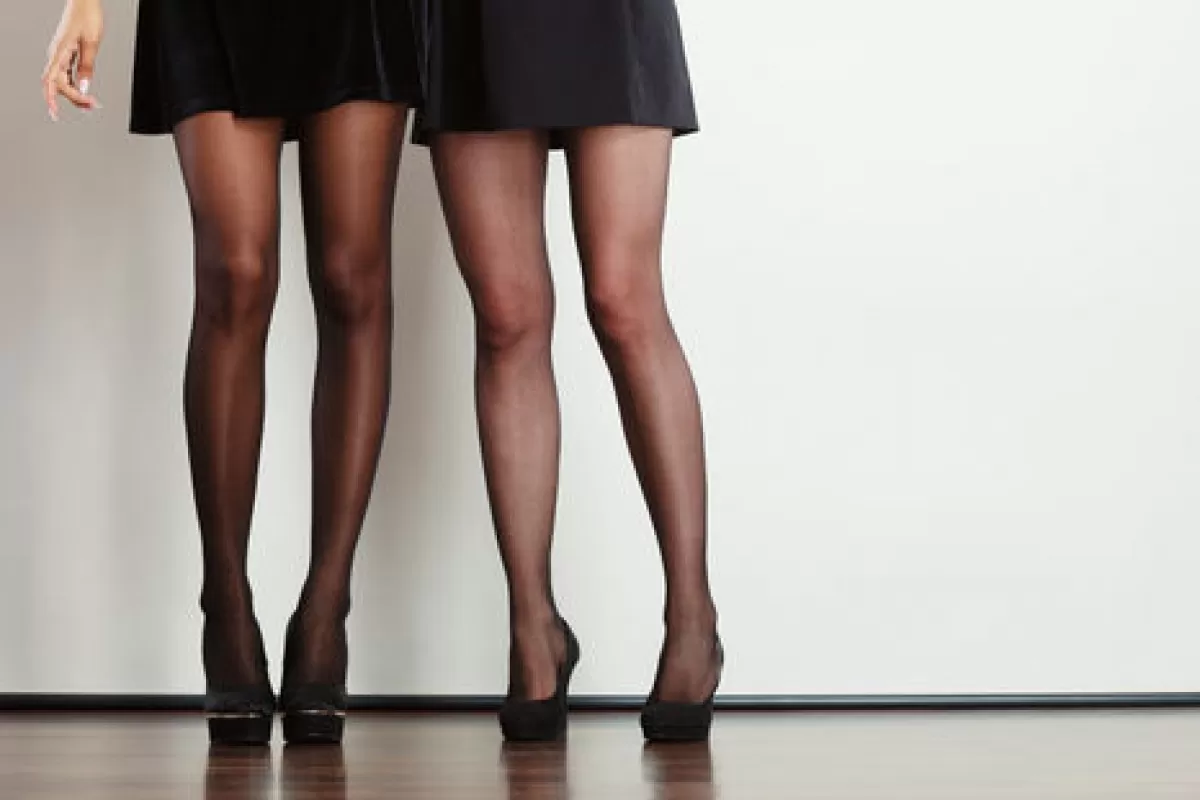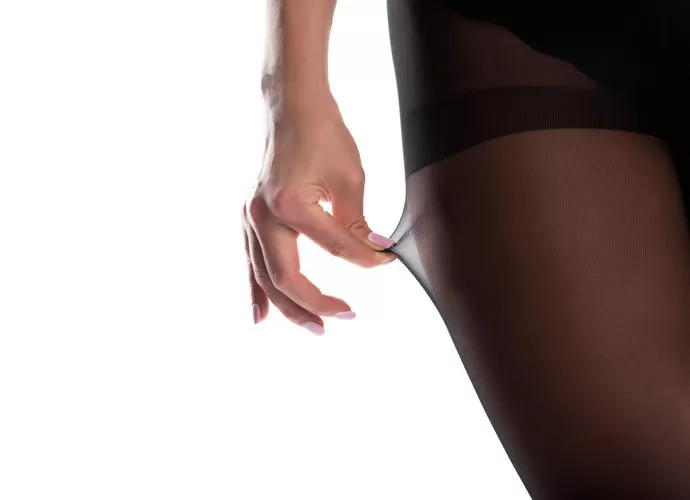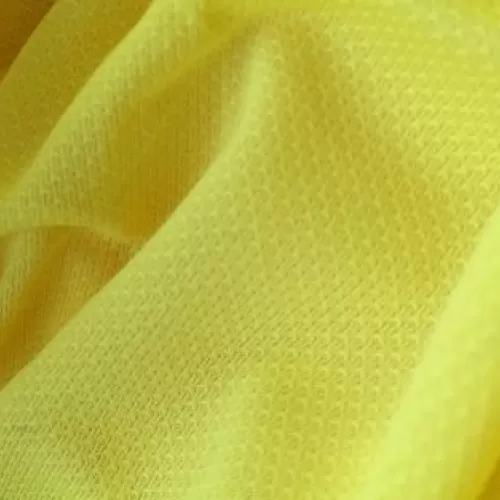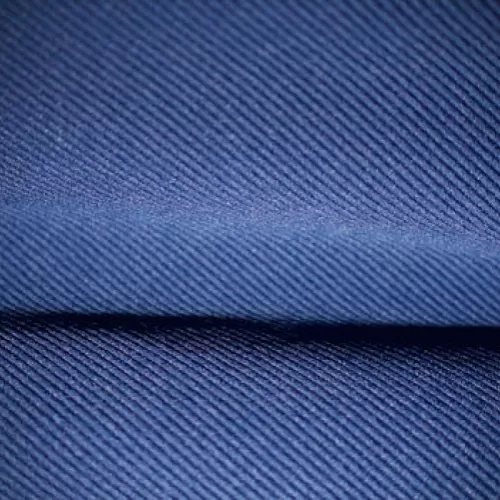24 Feb 2023
History of hosiery and stocking
Nylon and Lycra in hosiery fashion
The birth of the stocking, as we know it today, dates back to the Middle Ages, when silk began to be processed for the manufacture of this type of garment. However, as in previous centuries, they were worn exclusively by men, but as soon as women were allowed to show their legs, stockings began to find a place among their garments until they became a symbol of luxury, in the silk sheer versions.
A luxury, of course, that only a few women could afford. It was not until the 1920s, with the invention of rayon - renamed "artificial silk" - that relatively sheer stockings became accessible to a wider segment of the population. These were stockings made with the molded and stitched knitting system.
But you have to wait until the late 1930s to witness a true revolution, a breakthrough that probably not even Eleuthère Irénée DuPont de Nemours, a French chemist who immigrated to the U.S. state of Delaware, foresaw when he opened a black powder factory. From this small family business, nylon was invented in 1938 by Wallace H. Carothers, the first synthetic fiber described as "as strong as steel and as delicate as a spider's web.
The following year, nylon stockings were sold in a few stores in Wilmington, where DuPont de Nemours was headquartered.
In 1940, with the outbreak of World War II, the production of nylons in the finest stockings was discontinued, and women began to draw on their legs the back seam that characterized their beloved stockings. When the conflict ended, stockings reappeared in all their desirability, with long lines of women forming outside stores to purchase them.

Evolution of hosiery from the post-war period to the present
The 1950s marked the beginning of a new revolution that spread rapidly throughout the United States and Europe: the introduction of seamless hosiery, enhanced with new sheer fabrics and a variety of colors. At the same time, technological advances made nylon less expensive and more accessible.
The second revolution in the world of hosiery came in the 1960s, once again at the hands of DuPont, when the American giant introduced its spandex Lycra. Initially used in medical stockings, the fiber gained popularity when André Courrèges and Mary Quant launched the miniskirt in the first half of 1965, bringing pantyhose with an improved fit to the forefront. Opaque pantyhose became a new fashion benchmark, the result of the combination of circular knitting technology and new textured nylon yarns.

In the decades that followed, technology and fashion evolved together, enlivening the market with the introduction of lace stockings and tights in the 1970s, elegant silky sheers in the 1980s, and finally the quest for maximum comfort in the 1990s.
Today, the success of the pantyhose is the result of an exemplary mix of taste, technological innovation, careful selection of raw materials and high quality workmanship. Behind this success is a district located in Castel Goffredo, in the province of Mantua. In this area, defined as the "capital of hosiery", great brands and smaller realities coexist, sharing and spreading scientific knowledge through a network of family and friendship relationships that are constantly renewed.





